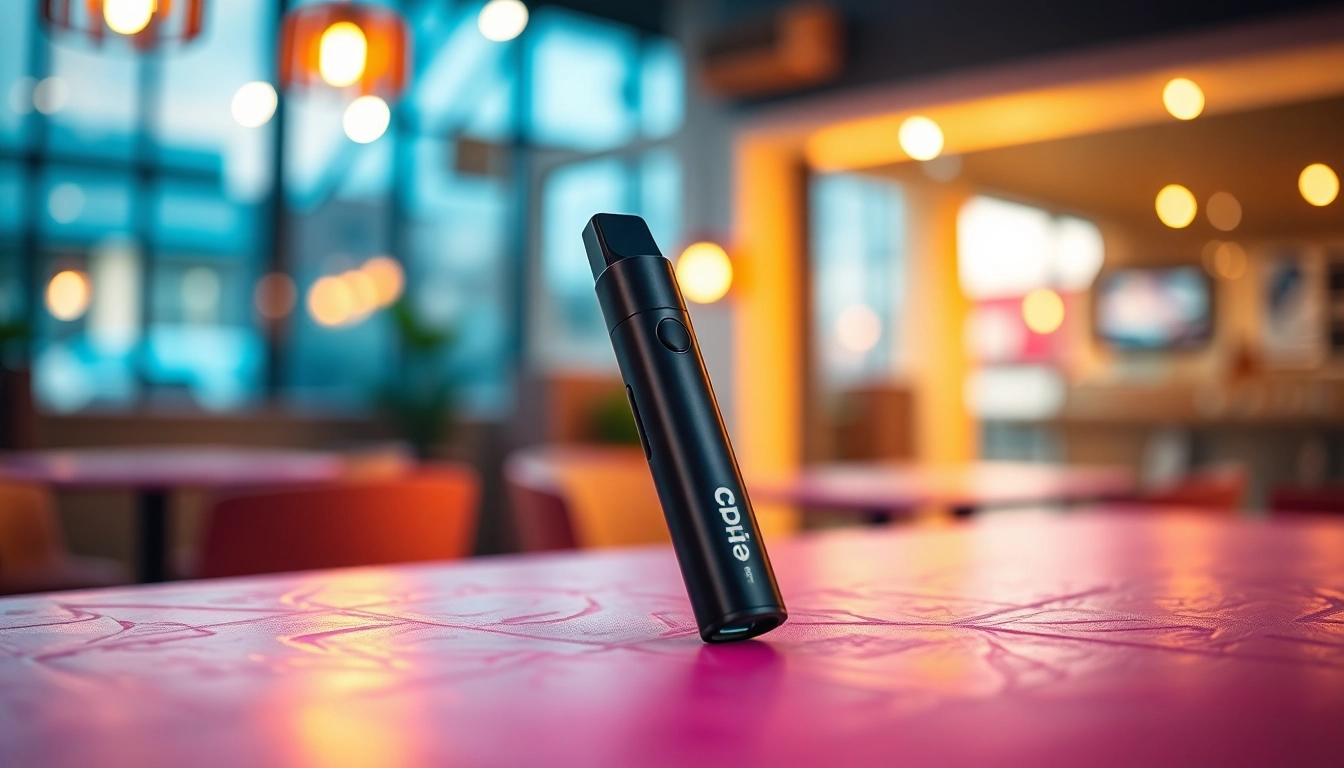
Understanding Telephone Data Collection
What is Telephone Data Collection?
Telephone data collection refers to the process of gathering information through interviews conducted over the phone. This method has evolved significantly over the years and now allows researchers and organizations to gather both qualitative and quantitative data effectively. Telephone data collection, often implemented through telephone surveys, entails reaching out to a predetermined set of respondents to solicit their opinions, behaviors, or demographic information.
According to industry insights, telephone surveys represent a systematic and standardized approach to data collection that enhances the accuracy and dependability of research findings. As a reliable alternative to face-to-face interviews, telephone surveys can effectively reach a broad audience in various demographic segments. You can learn more about telephone data collection methods in this comprehensive guide.
The Importance of Accurate Data
Accurate data serves as the backbone of informed decision-making for businesses and organizations. Whether conducting market research, analyzing customer satisfaction, or studying public opinion, having precise data is crucial. It provides insights that can drive strategy, guide policy formulation, and enable targeted solutions to complex problems.
Moreover, inaccurate data can lead to misguided strategies, wasted resources, and ultimately, detrimental outcomes. Given the competitive landscape of modern business, ensuring the integrity and reliability of collected data has never been more essential. The telephone data collection methodology helps mitigate data inaccuracies by implementing structured frameworks for survey deployment, thus enhancing the generalizability and validity of the data collected.
Key Features of Telephone Surveys
Many features make telephone surveys a preferred method for data collection:
- Standardization: Using predetermined questions ensures consistency across interviews, minimizing bias and variability.
- Real-time Data Capture: Interviewers can enter responses directly into databases, enabling swift data analysis.
- Accessibility: Telephone interviews can reach respondents in various locations, including hard-to-reach populations.
- Cost-effectiveness: Generally, telephone surveys are less expensive than in-person interviews, allowing for broader sampling without significantly escalating costs.
Methods and Techniques in Telephone Surveys
Structured vs. Unstructured Interviews
When conducting telephone surveys, researchers typically choose between structured and unstructured interview formats. Structured interviews use a fixed set of questions, providing uniformity in responses that can be easily compared and analyzed quantitatively. This method is ideal for gathering statistical data and understanding trends.
Conversely, unstructured interviews allow for a more conversational flow. Interviewers can ask open-ended questions, enabling respondents to elaborate on their thoughts and providing richer qualitative insights. This format is beneficial for exploratory research where understanding the context and nuances of respondents’ opinions is crucial.
Choosing the right interview type depends on the research objectives. Often, a mixed-methods approach—incorporating both structured and unstructured elements—can yield the most comprehensive insights.
Computer-Assisted Telephone Interviews (CATI)
Computer-Assisted Telephone Interviewing (CATI) represents a significant advancement in telephone data collection methodologies. This technique utilizes software to facilitate the survey process. Interviewers access questions through a computer interface, allowing for dynamic question selection based on respondents’ previous answers.
The benefits of CATI include:
- Increased Efficiency: Interviewers can navigate the survey more easily and manage complex skip patterns without confusion.
- Data Quality Improvement: Real-time data entry reduces transcription errors and enhances data accuracy.
- Time Management: CATI systems streamline the interview process, allowing for faster turnaround times in data collection.
Furthermore, the software can facilitate various statistical analyses, converting raw data into actionable insights almost instantaneously. This speed can profoundly impact decision-making processes, making CATI an indispensable tool for many researchers.
Sample Design and Selection for Surveys
Effective telephone data collection hinges on the selection of a representative sample that reflects the target population. Various sampling methods can be used, including:
- Random Sampling: Every member of the population has an equal chance of being selected. This method enhances the generalizability of the findings.
- Stratified Sampling: The population is divided into subgroups (strata) based on specific characteristics such as age, gender, or income level. Samples are then drawn from these strata to ensure all groups are represented.
- Quotas Sampling: Researchers set quotas for different segments of the population, ensuring specific demographic characteristics are represented adequately.
Choosing the correct sampling method involves understanding the research goals and the population being studied. Effective sample design not only aids in achieving accurate results but also enhances the research’s credibility.
Advantages of Using Telephone Data Collection
Cost-Effectiveness Compared to Other Methods
One of the standout advantages of telephone data collection is its cost-effectiveness. Compared to traditional face-to-face interviews, telephone surveys typically require fewer resources, such as travel expenses. Additionally, the infrastructure for conducting telephone surveys is often less expensive to establish and maintain than that for in-person methods.
Organizations can save on staffing costs while also reaching larger populations. For example, a company aiming to evaluate customer satisfaction can conduct thousands of surveys via phone at a fraction of the cost compared to in-person interviews.
Flexibility and Speed in Data Gathering
Telephone surveys provide unparalleled flexibility in terms of survey administration. Researchers can adapt their questions based on respondent feedback or specific contexts, which is particularly useful in dynamic research settings or when exploring unforeseen insights.
Furthermore, the speed of telephone data collection often surpasses that of other methods. Interviews can be conducted swiftly, and data can be analyzed almost immediately post-collection, thereby accelerating the research process and facilitating timely decision-making.
Targeting Specific Demographics
Telephone surveys excel at reaching specific demographics, particularly those that may be underrepresented in online surveys or face-to-face interviews. For example, older adults may be more accessible via telephone, as they may face barriers to technology adoption.
Moreover, telephone data collection allows researchers to tap into niche populations, yielding insights that can craft tailored strategies for different market segments. This ability to focus on specific demographics is invaluable for many organizations looking to enhance their market understanding.
Challenges in Telephone Data Collection
Call Screening and Hang-ups
One of the most significant challenges of telephone data collection is dealing with call screening and hang-ups. Many individuals screen calls using caller ID, leading to lower response rates as potential respondents can choose not to answer unknown numbers.
Additionally, even if respondents pick up, they may hang up before completing the interview, which can skew the data. Implementing strategies such as extensive pre-survey outreach, scheduling calls at optimal times, and improving caller identification can help mitigate these issues.
Data Quality and Respondent Bias
Ensuring data quality is paramount, and a common concern in telephone surveys is the potential for respondent bias. Respondents may give socially desirable answers rather than their true feelings, particularly on sensitive topics.
To combat this, researchers can phrase questions in a neutral manner and employ techniques that build rapport with respondents, making them more comfortable sharing honest responses. Additionally, training interviewers to be sensitive to respondents’ cues can greatly enhance the quality of data collected.
Legal and Ethical Considerations
Legal and ethical considerations present another challenge in telephone data collection. Compliance with regulations such as the Telephone Consumer Protection Act (TCPA) in the United States is crucial to avoid penalties. Researchers must ensure they have the necessary permissions to contact individuals and uphold their privacy rights.
Transparency about the purpose of data collection and how the data will be used is fundamental. Researchers should incorporate consent procedures early in the process, ensuring respondents are informed and feel comfortable participating.
Best Practices for Successful Telephone Data Collection
Preparing Effective Questionnaires
The foundation of successful telephone data collection lies in well-designed questionnaires. Questions should be clear, concise, and tailored to the research objectives. Avoiding jargon and overly technical language is essential for ensuring respondents understand what is being asked.
Using a mix of closed and open-ended questions can yield quantitative data while providing the opportunity for qualitative insights. Pre-testing the questionnaire with a small group can help identify any confusing questions and refine the survey before full deployment.
Training Interviewers for Success
Equipping interviewers with the right skills is critical to successful data collection. Training should cover techniques for engaging respondents, managing various challenging situations, and ensuring adherence to the questionnaire’s flow.
Employing role-playing exercises can help interviewers practice handling different respondent scenarios, thereby improving their confidence and effectiveness during real interviews. Regular feedback sessions can also foster continuous improvement in interviewer performance.
Analyzing and Presenting Results
The analyzing and presentation of results is the final step in the telephone data collection process. Employing statistical software can aid in organizing data accurately and facilitating powerful analyses. Visual representations of data, such as charts and graphs, can enhance understanding and engagement when presenting findings to stakeholders.
Furthermore, it is crucial to connect the analysis back to the original research objectives. Highlighting key insights and actionable recommendations will ensure that the collected data drives meaningful business decisions and outcomes.







